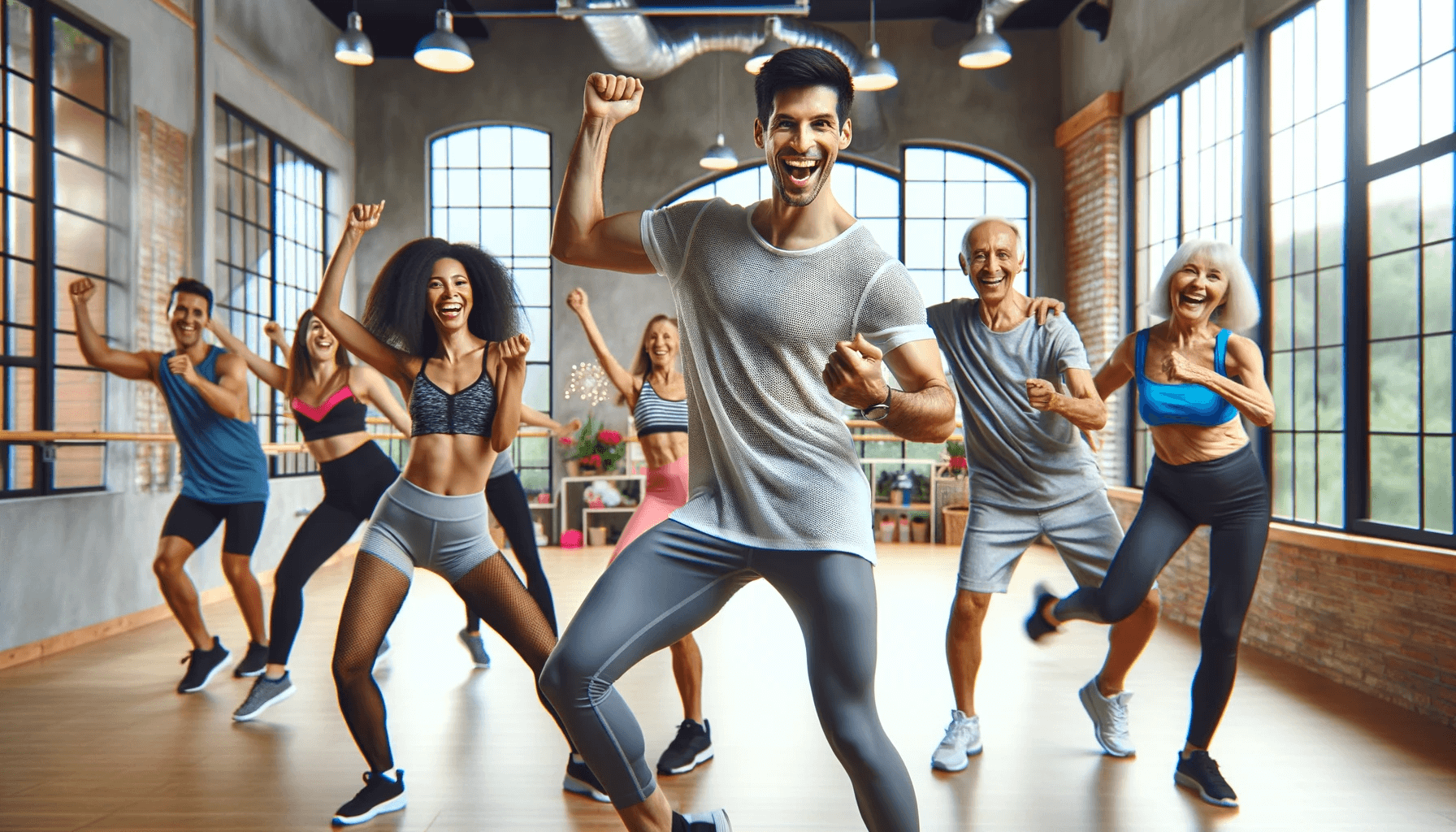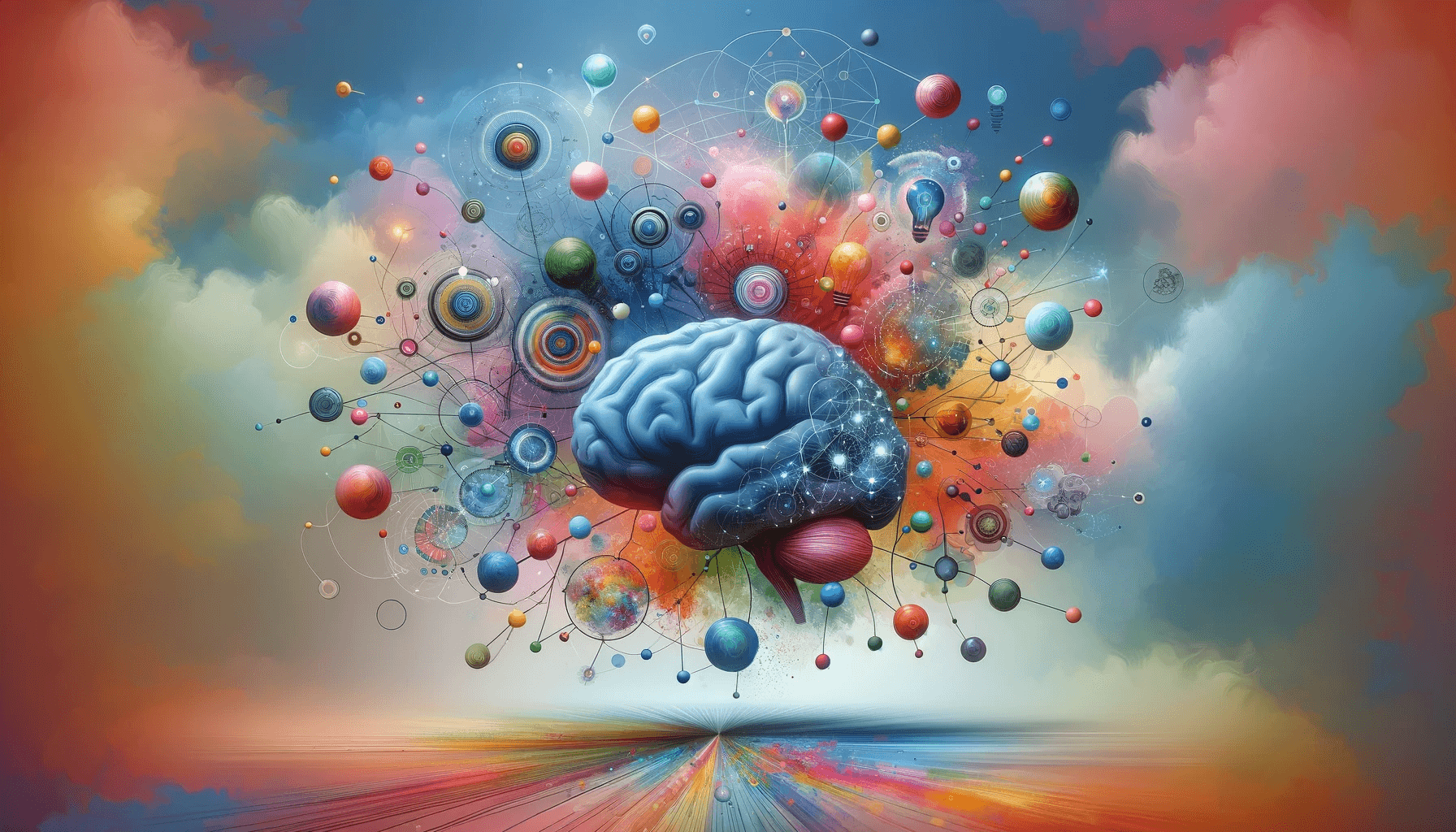Sponsor Ikaria Lean Belly Juice
Table of Contents
What is dance fitness?
Dance fitness is a fun and exciting way to stay fit and active while enjoying the rhythm and movements of dance. It combines aerobic exercise with various dance styles and genres to create a unique and engaging workout experience. Unlike traditional workouts that sometimes feel monotonous and repetitive, dance fitness offers a dynamic and ever-changing routine that keeps you motivated and entertained.
One of the defining features of dance fitness is the incorporation of dance moves and choreography into the workout. Whether salsa, hip-hop, Zumba, or any other dance style, you’ll learn and perform dance routines while burning calories and improving your cardiovascular health. Dance fitness classes are usually led by energetic and knowledgeable instructors who guide you through the steps and keep the energy high throughout the session.
Benefits of dance fitness
Dance fitness offers a wide range of benefits for your physical and mental well-being. Firstly, it is a highly effective form of cardiovascular exercise that helps improve your heart health and endurance. The continuous movement and rhythm of dance elevate your heart rate, leading to increased calorie burn and improved cardiovascular fitness.
Additionally, dance fitness helps improve coordination, balance, and flexibility. The various dance moves and routines require you to engage different muscle groups and work on your body’s agility and range of motion. Regular participation in dance can improve body control and increase overall physical fitness.
Another major benefit of dance fitness is its positive impact on mental and emotional well-being. Dancing releases endorphins, known as the “feel-good” hormones, resulting in an uplifted mood and reduced stress levels. The combination of music, movement, and social interaction in dance fitness classes creates a joyful and supportive atmosphere that helps boost self-confidence and relieve anxiety or depression.
Dance fitness vs. traditional workouts
Dance fitness offers a refreshing alternative to traditional workouts that may feel repetitive and uninspiring. Unlike running on a treadmill or lifting weights, dance fitness engages your mind and body in a way that feels more like play than exercise. The fun and dynamic nature of dance fitness makes staying motivated and committed to your fitness routine easier.
Moreover, dance fitness provides a full-body workout that targets multiple muscle groups simultaneously. Dance moves and routines involve your legs, arms, core, and facial muscles. This comprehensive approach to fitness ensures that you work on your entire body while enjoying the music and dance.
In contrast, traditional workouts often focus on specific muscle groups or fitness goals, which may result in imbalances or boredom over time. On the other hand, dance fitness offers a holistic approach to fitness that helps you burn calories and build strength and improves your coordination, flexibility, and overall body awareness.
Dance fitness styles and genres
Dance fitness encompasses various styles and genres, each with unique movements and characteristics. Whether you prefer Latin-inspired rhythms, high-energy hip-hop beats, or the elegance of ballet, there is a dance fitness style that suits your preferences and fitness goals.
Zumba, one of the most popular dance fitness styles, combines Latin and international music with easy-to-follow dance steps. It is known for its vibrant and energetic atmosphere, making it a favorite among those who want to have fun while getting fit. Zumba classes often incorporate dance styles, including salsa, merengue, reggaeton, and more.
Hip-hop dance fitness classes might be the perfect fit if you’re looking for a more intense and challenging workout. Hip-hop dance moves are characterized by their high energy, quick footwork, and urban flair. These classes often feature popular hip-hop tracks and dynamic choreography that will get your heart pumping and your body moving.
For those who appreciate grace and elegance, ballet-inspired dance fitness classes offer a unique blend of strength, flexibility, and poise. These classes focus on the fundamental techniques of ballet while incorporating fitness elements such as cardio exercises and body conditioning. Ballet-inspired dance fitness is an excellent option for those who want to improve posture, tone muscles, and cultivate gracefulness.
How to get started with dance fitness
Getting started with dance fitness is easy and doesn’t require any prior dance experience. Here are some steps to help you begin your dance fitness journey:
- Research and choose a dance fitness style that appeals to you. Consider your preferences, fitness goals, and the availability of classes in your area.
- Find a local dance fitness studio or gym that offers classes in your chosen style. Speak to the instructors or staff to learn more about the class structure, intensity level, and any prerequisites.
- Invest in suitable dance fitness attire and footwear. Opt for comfortable clothing that allows for ease of movement and supportive shoes that provide cushioning and stability.
- Start with beginner-level classes to familiarize yourself with the basic movements and techniques. Be bold and ask questions or seek guidance from the instructor.
- Practice regularly and gradually increase the intensity and duration of your workouts. Consistency is critical to improving your dance skills and reaping the full benefits of dance fitness.
Dance fitness equipment and attire
Dance fitness doesn’t require much equipment, making it a cost-effective and accessible form of exercise. However, there are a few essentials that can enhance your dance fitness experience:
- Dance fitness shoes: Proper dance shoes can provide better support, flexibility, and traction during workouts. You may need ballet shoes, jazz sneakers, or dance sneakers with spin spots, depending on the dance style.
- Workout attire: Choose clothing that allows unrestricted movement and wicks away sweat. Opt for breathable fabrics and fitted tops or leotards to ensure comfort and flexibility.
- Resistance bands: Adding resistance bands to your dance fitness routine can help target specific muscle groups and increase the intensity of your workout. They are lightweight and portable, making them convenient for home workouts or travel.
- Water bottle: Staying hydrated is essential during any workout, including dance fitness. Keep a water bottle nearby throughout your class or workout session.
Remember, the most important thing is to feel comfortable and confident in your dance fitness attire. Choose clothing and shoes that make you feel good and allow you to move freely without restrictions.
Dance fitness classes and instructors
Joining a dance fitness class is a fantastic way to immerse yourself in the world of dance while improving your fitness levels. Dance fitness classes are typically led by experienced and certified instructors passionate about dance and fitness. Their expertise and guidance ensure that you learn the proper techniques, minimize the risk of injury, and get the most out of your workout.
When choosing a dance fitness class or instructor, consider the following factors:
- Qualifications and experience: Look for instructors with relevant certifications or qualifications in dance fitness or related disciplines. Experienced instructors can provide personalized guidance and adaptations for different fitness levels and abilities.
- Teaching style: Different instructors have different teaching styles, so finding one that resonates with you is important. Some may focus more on technical aspects, while others prioritize creating a fun and inclusive atmosphere.
- Class schedule and location: Choose a class that fits your schedule and is conveniently located. Consider the frequency and duration of the classes to ensure that you can commit to regular attendance.
- Class size and atmosphere: Some people thrive in a large, energetic class with a bustling atmosphere, while others prefer a smaller, more intimate setting. Find a class size and atmosphere that aligns with your preferences and comfort level.
Attending dance fitness classes provides structure and accountability and allows you to connect with like-minded individuals who share your passion for dance and fitness. A class’s supportive and motivating environment can greatly enhance your dance fitness journey.
Incorporating dance fitness into your routine
Dance fitness can be incorporated into your routine in various ways, depending on your preferences and lifestyle. Here are some tips to help you seamlessly integrate dance fitness into your daily or weekly schedule:
- Set specific goals: Determine what you want to achieve through dance fitness, whether it’s weight loss, improved endurance, increased flexibility, or simply having fun. Setting clear goals can help you stay focused and motivated.
- Create a consistent schedule: Plan your dance fitness sessions and commit to a regular schedule. Consistency is key to reaping the benefits of dance fitness and improving your skills.
- Mix it up: Explore different dance fitness styles and genres to keep your workouts fresh and exciting. Trying new routines and choreography challenges your body and mind, preventing boredom and plateauing.
- Dance at home: If you can’t make it to a class or prefer the privacy of your own home, plenty of online dance fitness tutorials and videos are available. Clear space in your living room, add energetic music and dance your heart out.
- Make it social: Invite friends or family members to join you in your dance fitness sessions. Dancing with others adds a social element, boosts motivation, and creates a supportive environment.
Remember, dance fitness is meant to be enjoyable and uplifting, so find ways to make it a fun and positive experience you look forward to.
Dance fitness for different fitness levels
Dance fitness is a versatile and inclusive exercise that can be tailored to suit different fitness levels and abilities. Whether you’re a beginner or an experienced dancer, there are options available for you to participate and benefit from dance fitness.
For beginners, it’s important to start with classes specifically designed for beginners or those with little to no dance experience. These classes focus on teaching foundational movements, basic choreography, and building endurance gradually. The instructors provide modifications and variations to accommodate different fitness levels, ensuring everyone feels comfortable and progresses at their own pace.
Intermediate and advanced dancers can challenge themselves with more complex choreography and higher-intensity classes. These classes may incorporate faster-paced movements, intricate footwork, and advanced techniques. The increased difficulty level helps improve coordination, agility, and overall dance skills.
Regardless of your fitness level, listening to your body and avoiding pushing yourself beyond your limits is important. Take breaks when needed, hydrate regularly, and modify movements if necessary to prevent injuries and ensure a safe and enjoyable dance fitness experience.
Dance fitness for mental and emotional well-being
In addition to its physical benefits, dance fitness significantly impacts mental and emotional well-being. Engaging in dance releases endorphins, natural mood boosters that promote happiness and reduce stress levels. The combination of music, movement, and social interaction in dance fitness classes creates a positive and uplifting environment that can alleviate symptoms of anxiety and depression.
Dance fitness provides an outlet for self-expression and creativity, allowing individuals to let go of inhibitions and be fully present in the moment. The rhythmic movements and synchronization with music calm the mind, promoting mindfulness and reducing mental clutter.
Moreover, dance fitness classes often foster community and connection among participants. The shared experience of learning and performing dance routines creates a supportive and inclusive atmosphere where individuals can form friendships and find a sense of belonging. This social aspect of dance fitness contributes to improved mental well-being and provides a support network for individuals going through challenging times.
Dance fitness success stories
Dance fitness has transformed the lives of many individuals, leading to improved health, increased self-confidence, and a renewed zest for life. Here are a few inspiring dance fitness success stories:
- Sarah, a working mother of two, struggled to find time for exercise and felt stuck in a sedentary lifestyle. After joining a Zumba class, she loved the energetic dance routines and the positive atmosphere. Over time, Sarah lost weight, gained strength, and regained her self-confidence. She attributes her newfound happiness and improved mental well-being to dance fitness.
- John, a retired army veteran, was looking for a way to stay active and maintain his fitness after leaving the military. He discovered hip-hop dance fitness and was immediately drawn to the high-energy moves and urban style. Through regular hip-hop classes, John improved his physical fitness and found a new passion and purpose in life. He now teaches hip-hop dance fitness classes to other veterans and loves sharing the joy of dance with his community.
- Lisa, a college student struggling with anxiety and low self-esteem, decided to try ballet-inspired dance fitness as a way to improve her posture and build strength. Little did she know that it would have such a profound impact on her mental well-being. Lisa learned to appreciate her body’s capabilities through ballet fitness and developed a newfound sense of grace and confidence. She now encourages others to embrace their uniqueness and find joy in movement.
These success stories demonstrate the transformative power of dance fitness and how it can positively impact all aspects of life.
Conclusion
Dance fitness is a wonderful way to combine exercise and self-expression, turning your workout into a joyful and fulfilling experience. With its numerous physical and mental benefits, dance fitness offers a holistic approach to fitness that individuals of all ages and fitness levels can enjoy. Whether you join a dance fitness class or in the comfort of your home, the key is to embrace the music, let loose, and allow the rhythm to guide your body.
So, why not give dance fitness a try? Lace up your dance shoes, put on your favorite tunes, and let the music move you toward a healthier, happier you. Dance to fitness, and discover the joy and freedom of expressing yourself through movement.






